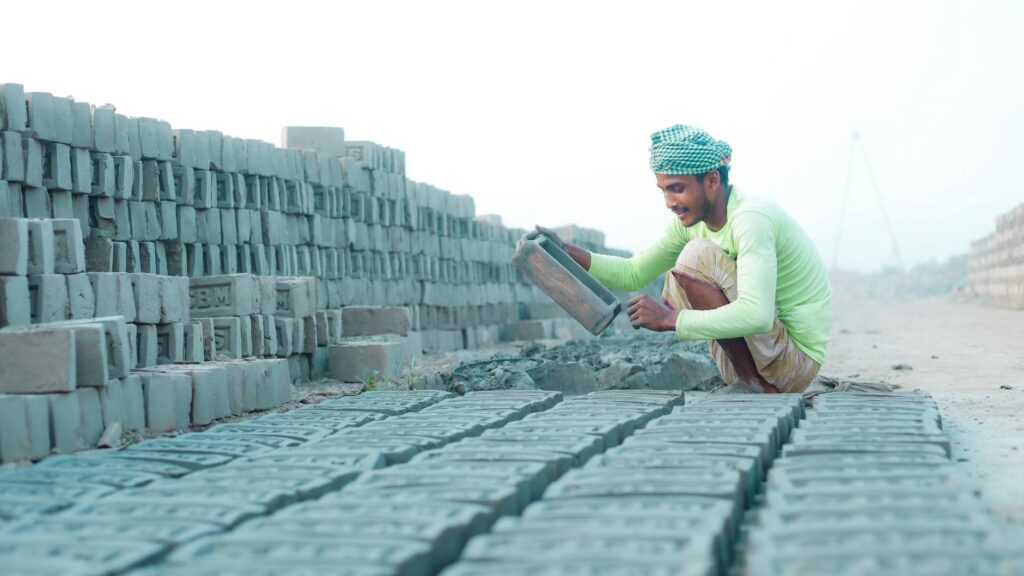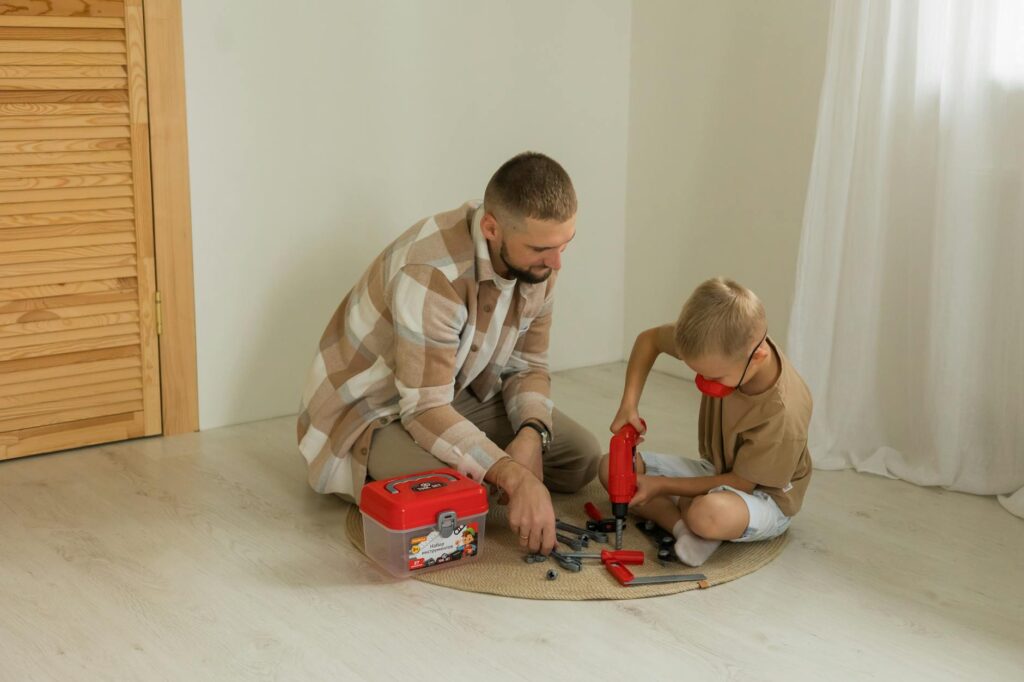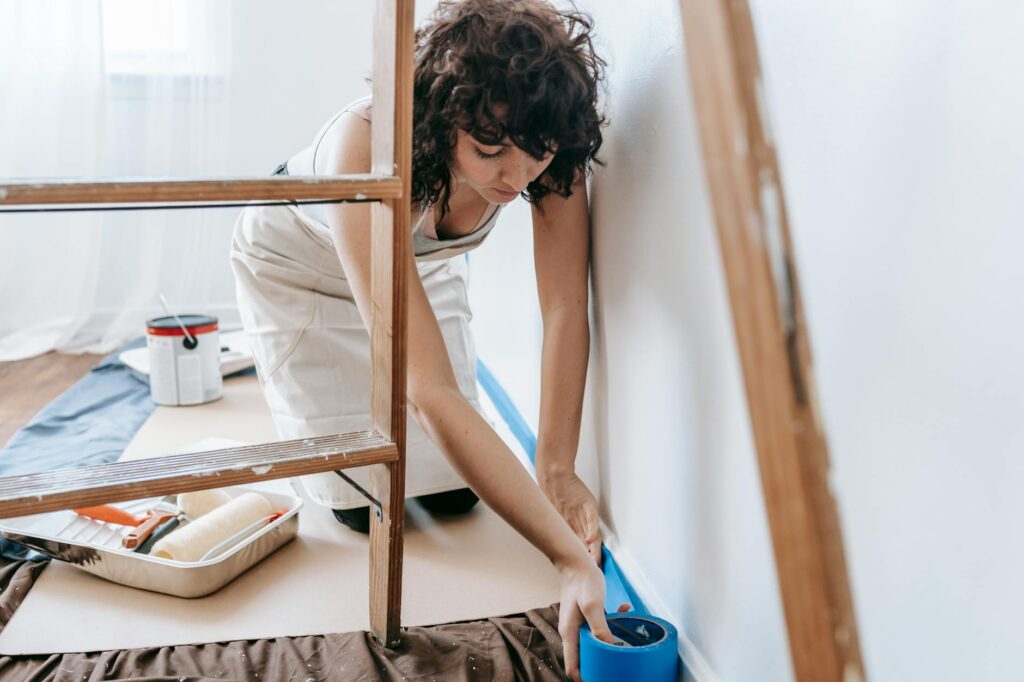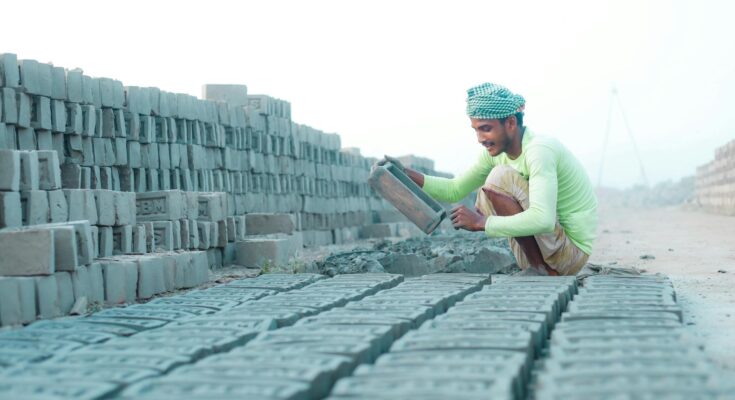Welcome, aspiring bricklayers! This comprehensive guide will walk you through the process of laying bricks like a seasoned professional. Whether you’re building a patio, a retaining wall, or even a whole house, mastering this skill can save you a significant amount of money and provide immense satisfaction. Let’s get started!
Getting Started: Preparation is Key
Before you even think about laying a single brick, proper preparation is crucial. This includes carefully planning your layout, acquiring the necessary tools, and selecting high-quality materials. Choosing the right bricks is paramount, and understanding your local building codes is essential. You’ll need a range of tools including a bricklayer’s trowel, a spirit level, a string line, and a rubber mallet. Don’t forget safety gear, like gloves and safety glasses! 
Laying the Foundation: Building a Solid Base
A level and stable foundation is the cornerstone of any successful bricklaying project. This usually involves digging a trench and compacting the soil before pouring a concrete foundation. Ensure your foundation is perfectly level using a spirit level; this will prevent issues later on. Determining the appropriate foundation depth depends on the project and local regulations. 
Mixing and Applying Mortar: The Bonding Agent
Mortar is the glue that holds your bricks together. Mixing it correctly to the right consistency is crucial for a strong and lasting bond. Too much water will weaken the mortar, while too little will make it difficult to work with. Watch this helpful video for a visual demonstration:
. Remember to clean excess mortar immediately to avoid staining. Different mortar types are suited to different projects and climates.
Laying Bricks: Techniques for Precision
Now for the main event! Start by laying out a string line to guide you, ensuring perfectly straight rows. Spread a layer of mortar onto the foundation and place your first brick. Use the trowel to ensure proper coverage and spacing. Continue laying bricks, checking your levels frequently. Tap the bricks gently with a rubber mallet to ensure they’re level and seated properly. 
Finishing Touches: Achieving a Professional Look
Once the main structure is complete, it’s time to focus on the finishing touches. This may involve cutting bricks to fit around corners or other irregularities. You can use a brick cutter or a masonry saw for this purpose. Remember to point up the mortar joints for a neat, uniform appearance. Proper pointing techniques can significantly enhance the aesthetics of your project. [IMAGE_4_HERE]
Maintaining Your Brickwork: Ensuring Longevity
With your project complete, it’s crucial to understand basic maintenance practices to protect your work from the elements. Regular cleaning and sealing can significantly extend the life of your brickwork. Consider sealing your brickwork with a high-quality sealant to protect against moisture damage. Find quality sealants here.
Congratulations! You’ve successfully laid bricks like a pro. With practice and attention to detail, you can create beautiful and durable structures that will last for years to come. Remember to consult professional advice for larger projects. For more in-depth information on bricklaying best practices, refer to this excellent resource.
Frequently Asked Questions
What type of mortar should I use? The type of mortar you use depends on the project and climate. Check with your local building supply store for recommendations.
How often should I check my levels? Check your levels frequently throughout the process to ensure straight, level walls. This prevents issues later on.
What should I do if I make a mistake? Don’t panic! Small mistakes can usually be corrected. If a brick is out of place, carefully remove and reposition it using a brick bolster.
Where can I find more advanced bricklaying techniques? Check out this online course for a comprehensive guide.
Can I lay bricks without prior experience? While it is possible to learn bricklaying as a DIY project, starting with a small project and practicing on a less visible area is advisable. Consider consulting with a seasoned bricklayer for larger projects or if you are new to construction work.
